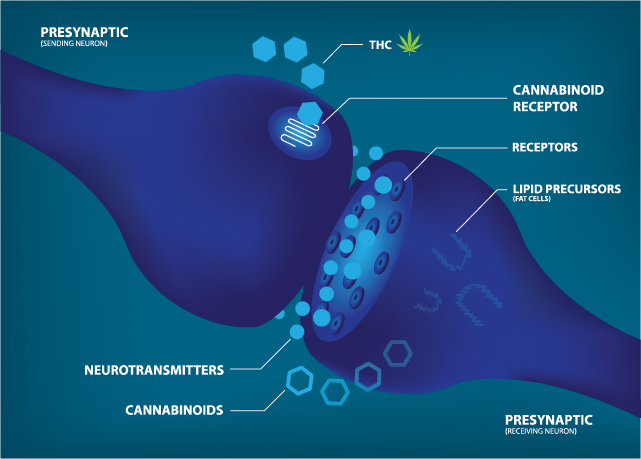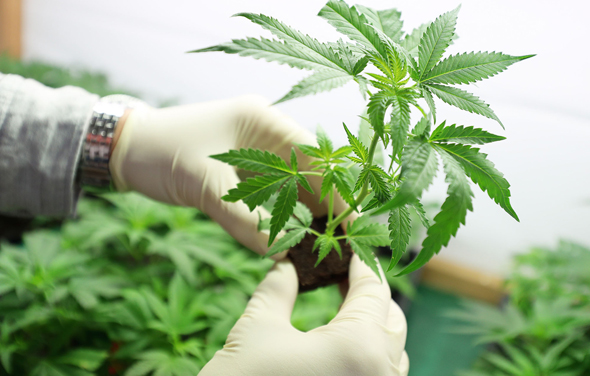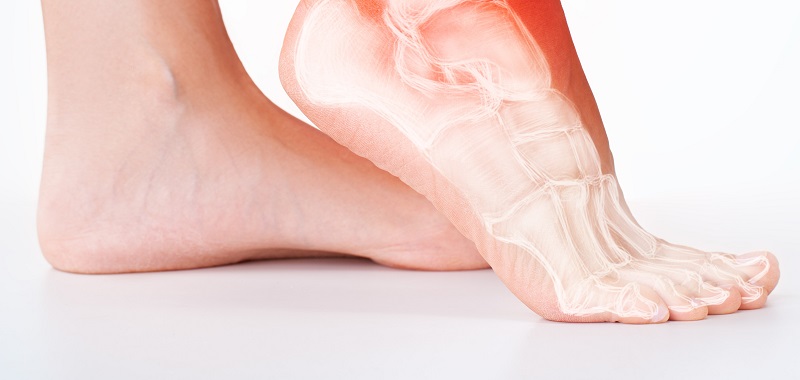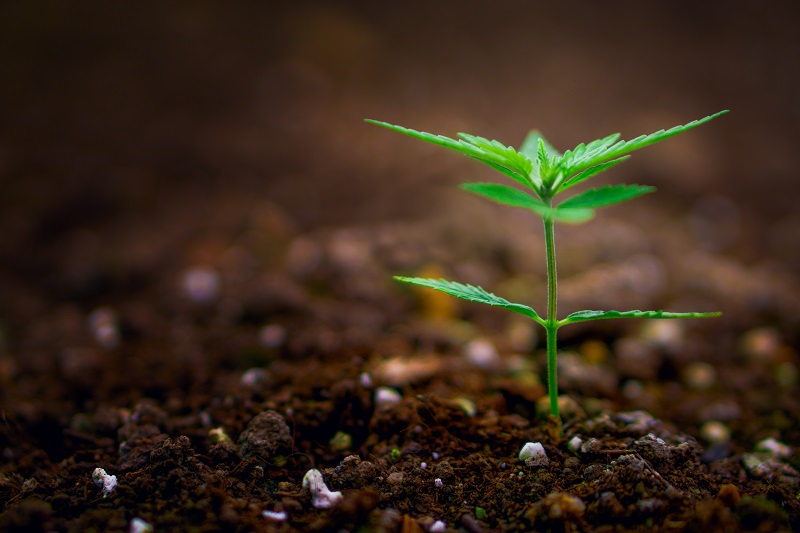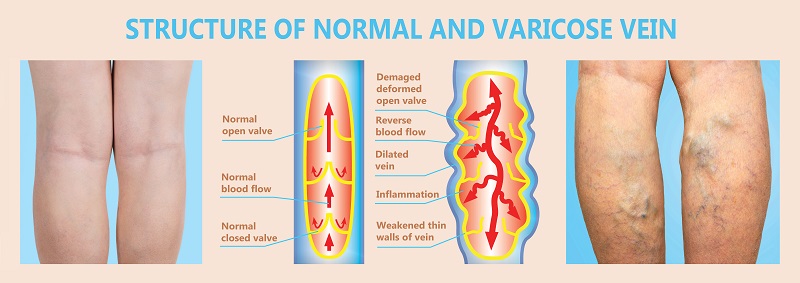Navigating the Murky Waters of the CBD Beauty Market
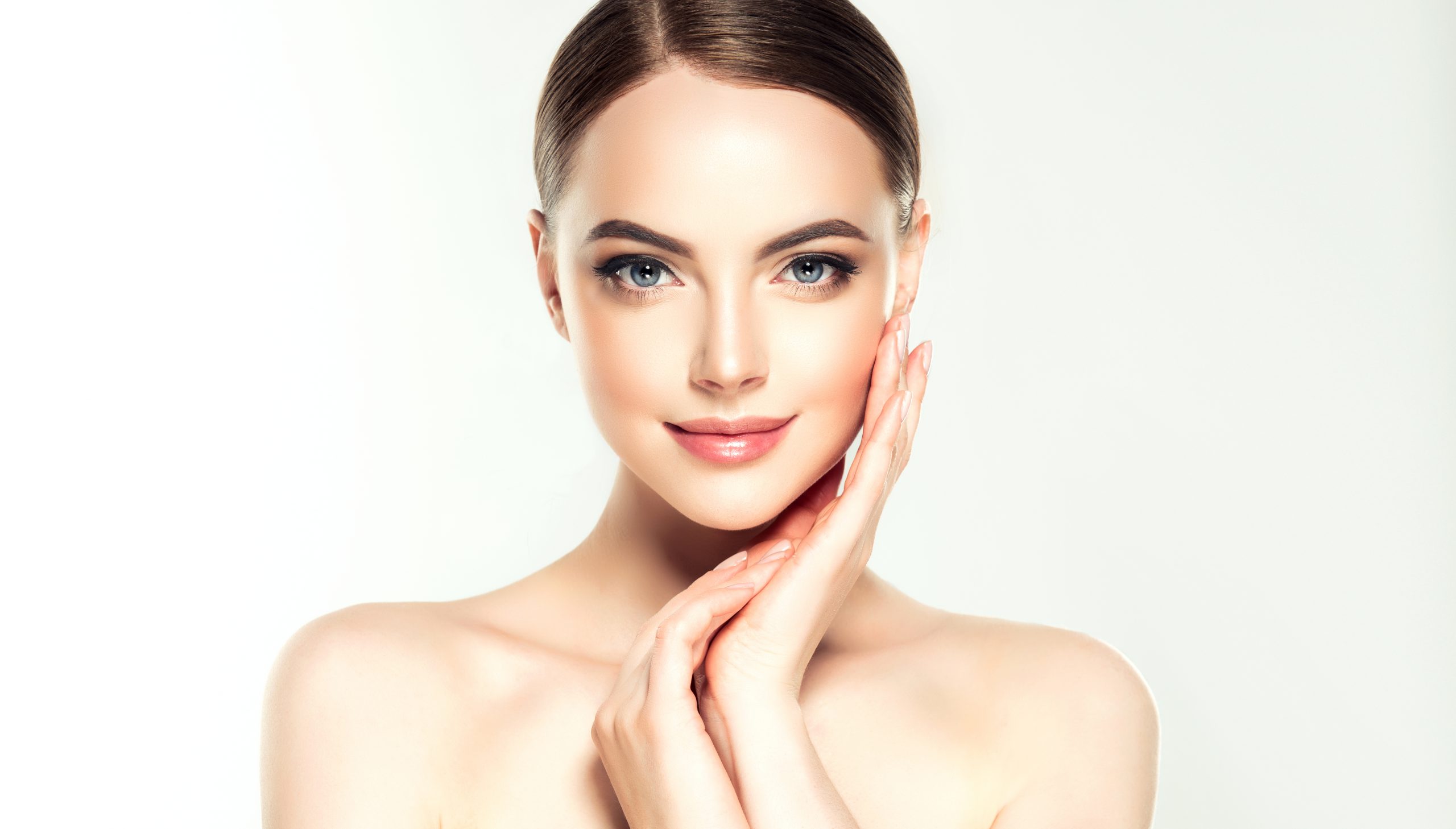
Introduction
Consumers want to use products containing CBD, but many are confused over what they are buying. Lack of education, transparency from companies and a regulatory framework are all absent from the Wild West that is currently the CBD Beauty Industry. How can consumers be sure they are getting value for the premium prices they are paying for products? At this point, all they can do is educate themselves on the terms and ingredients companies put on packaging. In this latest article from InnoCan Pharma we will try to clear these murky waters to help consumers make informed purchasing decisions when buying skincare products.
Why the Confusion?
It has been suggested that manufacturers intentionally put misleading language on packaging to sell their products. Beauty industry watch dog Estée Laundry has called out several brands for using hemp seed oil, not CBD in their products. (1) Shelves are full of packages adorned with marijuana leaves with the word “Cannabis” highlighted which could lead consumers to think they are purchasing a premium product with CBD when the only cannabis related ingredient in it may be hempseed oil.
This is not to say that hemp seed oil is bad; it’s actually a wonderful addition to any skin cream or balm because of the high concentration of Omega 3 and Omega 6 fatty acids. It is also known for not clogging pores and providing superior moisturization to keep the skin looking and feeling supple. (2)
The advantage to companies using hemp seed oil is that CBD oil or CBD isolate are considerably more expensive ingredients that can be found in many prestige skin care products. Consumers pay a premium price because they think they are getting CBD.
Be Wary of the Wording
Misleading language creates a false impression for consumers. For example, this is the wording on the label of one brand, the / symbol indicates a new line on the label: “Cannabis /Sativa Seed Oil/ Herbal Concentrate /For Blemish-Prone Skin /With an Herbal Blend /of Hemp-Derived Cannabis /Sativa Seed Oil & Oregano Oil /to Calm and Re-Balance Skin”. After reading this label, a consumer who may have heard something about the calming effects of CBD, its potential as a treatment for acne and its ability to maintain balance in the endocannabinoid system in the skin could believe they are purchasing a product with CBD, even though it clearly says on the label it is Cannabis Sativa Seed Oil.
Another brand has several products with the word “Kush” in the name. Kush is a term that stems from the vernacular of the cannabis culture, referring to a particular variety of cannabis that has its origins in the Hindu Kush Mountains. The use of the word “Kush” could be considered misleading as it is appealing to those familiar with the cannabis culture and associates the product with this particular strain of marijuana, an ingredient that isn’t even in the products. A review of the ingredient lists reveals these products contain only cannabis sativa seed oil which is the term used in place of Hemp seed oil. It is this kind of misleading wording that groups like Estée Laundry are trying to stop.
The Need for Change is Now
Although the CBD Beauty industry is still in its infancy, beauty insiders and independent hemp producers such as GenCanna have been lobbying the FDA to get behind creating a regulatory framework for the CBD products industry. So far the FDA has only issued some warning letters to a few manufacturers who made unsubstantiated claims on their packaging. This suggests the FDA is in fact paying attention but so far has done nothing to implement the necessary standards to protect consumers.
As of February 26, 2020, these lobbyists may soon get their wish. In his first public speech at the NASDA Winter Policy Conference Dr. Stephen Hahn, newly appointed Commissioner of the FDA had this to say, “… People are using these products. We’re not going to be able to say you can’t use these products. Even if we did, it’s a fool’s game to even try to approach that.” He goes on to make reference to Epidiolex, a medicine used to treat epileptic seizures in young children, “…CBD is the active ingredient in that. And that is really, I think, life saving for these kids with these awful seizure disorders.” His message acknowledges the value of hemp and its derived products and reinforces the importance for enforceable consumer protection standards. (3)
Although this is good news for consumers and the industry in general, no time line has been set for when these regulations will be determined and put into place. So the Beauty Industry is still very much caveat emptor and consumers are left to decipher the unfamiliar terms themselves.
Start at the Source
For consumers who want to educate themselves, a good place to start is to gain an understanding of what CBD is. Cannabidiol (CBD) is just one of 113 cannabinoids that can be extracted from the plant species Cannabis sativa. Cannabinoids are molecules that occur naturally in our body. These are known as endocannabinoids. They react with the endocannabinoid system that works to maintain balance in every part of our body, including our skin. Cannabinoids from Cannabis sativa, called phytocannabinoids are natural molecules that also react with our endocannabinoid system when smoked, ingested or applied topically to our skin.
There are two varieties of Cannabis sativa, some may argue there are three, but for this article we will look only at Hemp. Hemp is the variety of Cannabis sativa with the highest CBD content, typically 12 – 18% and less than 0.3% THC. It is the preferred variety of cannabis for CBD extraction. Hemp seeds, which come from the flowering tops of the plant are used to make hempseed oil, which contains no THC and may only have trace amounts of CBD. (4)
For more in depth information on CBD and how it can benefit your skin, Innocan Pharma offers several related articles. Please refer to the Learn section of the InnoCan Pharma website. The Benefits of CBD and Should You Start Using CBD Integrated Skin Care Products In Your Daily Skin Care Regime? should give you lots of information.
CBD vs. Hemp Seed Oil
CBD and hempseed oil are the latest go-to ingredients used in topical skincare products.
As noted earlier, hempseed oil in particular, is known for not clogging pores. A term you may see on packaging is noncomedogenic or noncomedogenic oil. It is also thought to have anti-inflammatory properties and is said to leave skin feeling soft and supple. It is found in many new beauty products being released by independent brands. It can also be used on its own as a face oil.
Although clinical research on CBD is limited, new research is ongoing and it is likely a matter of time before the research findings will corroborate the theories and anecdotal reports from people using the products. What is known so far is CBD is a powerful anti-inflammatory and is loaded with antioxidants. Research and anecdotal accounts suggest CBD is effective in treating the following conditions.
|
|
· rashes |
Get Familiar with Packaging Terms
While there is little that can be done about how the words are laid out on a label, there is something that can be done about understanding what the terms on the label mean and what you should look for when reading a label or a package. CBD is the key ingredient we are concerned with and how to recognize if you are buying the real thing or marketing hype. What follows is a list and explanations of the most common terms found on packages, labels and in the ingredients list.
Note: When reading the ingredient list look at where the ingredient you are looking for appears on the list. The farther down the list the less of the ingredient is in the product.
Cannabidiol (CBD) –It has a number of different names, but it is usually listed as cannabidiol or CBD, however, CBD can mean a number of things, so you may want to research the brand and company further if this is the name used. Other names appearing on packaging and in ingredient lists are full-spectrum hemp, hemp oil, CBD oil, PCR (phytocannabinoid-rich), PCR hemp extracts, CBD isolate, full spectrum CBD and broad spectrum CBD. If you see any of these names listed on the packaging you can feel confident the product contains CBD.
Note: Some companies indicate the amount of CBD on the packaging and label. This is not a requirement at this time, but more reputable companies are already doing this. CBD Face Cream shows 100mg CBD on the label while Anti Aging CBD + Face Cream shows 300mg CBD on the label.
Full Spectrum CBD & Full Spectrum Hemp – CBD and other cannabinoids are obtained from the Hemp plant through an extraction process that removes these compounds from the hemp biomass. Products with full spectrum hemp or full spectrum CBD are using the entire range of compounds found naturally occurring in the plant including terpenes, essential oils, and other cannabinoids. Trace amounts of THC (the psychoactive compound in cannabis) will also be present in products containing full spectrum CBD.
Broad Spectrum CBD – this ingredient is identical to full spectrum CBD except THC has been completely removed.
CBD Isolate – If CBD isolate is listed in the ingredients, you can be sure you are receiving the purest form of CBD (99%). It is found in many premium quality skin care products with CBD formulations and commands a premium price because an additional extraction step is involved in making this ingredient. With CBD isolate, no other compounds from the initial extraction process are present in the product.
Hemp Oil – This ingredient is different from hemp seed oil which is made only from the seeds of the Hemp plant. Hemp oil or CBD oil may contain all of the compounds extracted from the full plant. In other words, it is full spectrum, however, it may only contain select cannabinoids such as CBD.
PCR (phytocannabinoids rich), PCR Extracts – Either of these terms may be listed in the ingredients instead of hemp oil or CBD oil. Both terms mean the ingredient is a full spectrum CBD.
Before You Buy
Now that you are armed with a bit of skepticism and an understanding of what to look for on the packaging and labels, there is at least one more thing you should do before spending your hard earned money on a premium quality CBD integrated skin care product.
Research.
Research involves a number of steps. Stat by reading reviews. A Google search of “CBD cosmetics reviews” yields about 17,500,000 hits, so there is no shortage of information available. Perhaps a friend has recommended a product they are using. That is another good place to start. Take a look at what others are saying about the same product. Read someone’s “Top 10” list and research those companies.
Go visit retailers selling CBD integrated skin care products and start reading the labels and packaging. Identify a few products that you like and make a note of the brand and company that makes them. Visit the websites of these companies and learn as much as you can about them. One thing to look for is a customer service contact and/or an FAQ on their website. The FAQ often reveals more about the company than their “About” page on their website.
Try to find out if the company uses third party labs to test and verify contents of their products. This is not a mandatory step, but many more reputable companies are already voluntarily doing this and it is likely it will be a requirement for all future products containing hemp derived CBD.
Finally, try to find out where the company sources its CBD. Is it grown locally or is it imported from overseas? Some countries have no regulations when it comes to agricultural and farmers will grow hemp anywhere, including contaminated soil. Hemp is a bioremediator (if you will), it vacuums heavy metals and other toxins like pesticides from the soil. The FDA is currently investigating reports of CBD extracts containing heavy metals and pesticides. So it is important to know that the brand you are choosing has sourced its CBD from hemp grown in clean soil.
Conclusion
Using CBD and Hemp seed oil in beauty products is clearly the latest trend. But the benefits of CBD and the many other cannabinoids that are extracted from Hemp plants are only just being uncovered. Even the FDA has expressed optimism about the future of CBD. (6) These are exciting times for not only the Beauty Industry, but the Health and Wellness Industry, Pharmaceutical Industry and others. Research and time will tell the full story. At this point, we have only just read the prologue.
Articles Referenced
(1) https://prohibitionpartners.com/reports/#disrupting-beauty
(2) https://www.healthline.com/health/non-comedogenic-oils
(4) https://www.healthline.com/health/hemp-vs-cbd-oil#4
More articles:



